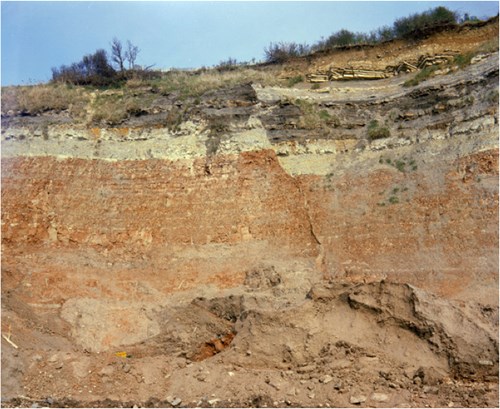Understanding the risk of CO2 migration through faults and boreholes for effective monitoring strategies
Understanding the risk of leakage if faults and legacy boreholes are present and how to monitor and mitigate against unwanted CO2 migration
State of the art
The possible expression and rates of leakage along natural and man-made pathways to the surface need to be understood to feed into risk-led site characterisation (e.g. as described in the SiteChar project) and inform monitoring strategies throughout the storage site lifecycle. Previous projects have identified boreholes and geological faults as potential pathways for CO2 to reach the surface.
Few field data are available to ground-truth models on the potential for unwanted migration and leakage of CO2 through boreholes and geological faults in sedimentary basins. Studies of leakage at natural analogue sites were undertaken in the FP7 RISCS project and indicated that further study on the expression of CO2 seepage to the surface through geological faults (vent-focused or diffuse, continuous or sporadic) is required. Currently, examination of the potential for leakage of CO2 through faults mainly relies on modelling studies and laboratory experiments and so field data are required.

An example of rock formations offset by a fault in the UK
Progress beyond the state of the art
The Sotacarbo Fault Laboratory , where CO2 will be injected into or near a fault, offers a rare opportunity to advance understanding of technologies for monitoring CO2 leakage along faults. The activities carried out through ENOS will complement the Sotacarbo Fault Laboratory programme funded by the Sardinia Region and Ministry of Economic Development. Research carried out through ENOS will generate valuable information for development of the most effective surface monitoring strategy for sites where faults are present by providing field data to ground-truth models.
LBr-1 will be used as a case study to produce a best-practice report with recommendations for assessing and mitigating the risks presented by boreholes for future storage sites drawing on lessons learned from a risk assessment prepared for the GETICA site and data on the impact of CO2 on borehole cement.
Outcomes
- Improved understanding of the risk posed by faults, using unique new field data to understand what geochemical and geomechanical properties make faults more likely to leak and how this leakage would present at surface/in the shallow fault plane in order to improve the effectiveness of monitoring programmes.
- Advanced monitoring techniques that can be used to examine geological faults for any indications of unwanted migration or leakage.
- Field data and models to feed into technical guidelines on risk mitigation through risk-based site design and monitoring strategies for sites where boreholes and faults are present.



